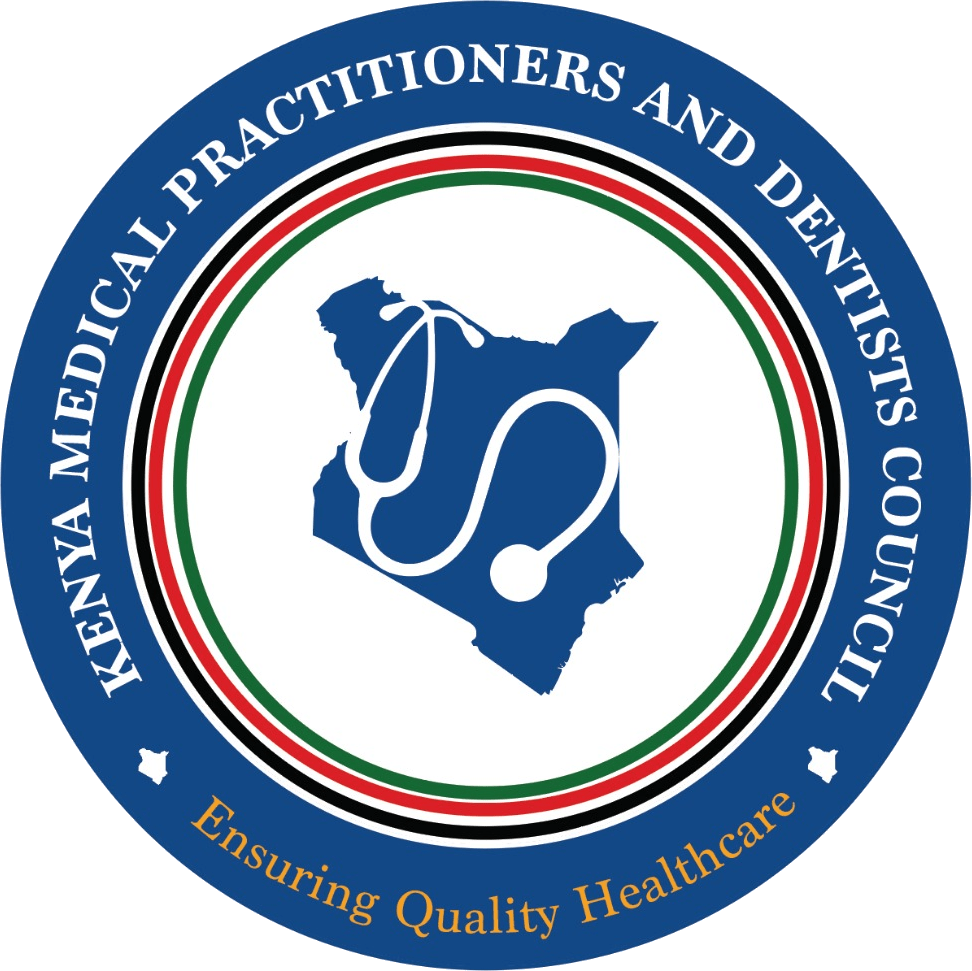Starting on:
Jul 11, 2025
Ending on:
Jul 11, 2025
Moderator(s):
Boardroom
Max Credits:
3 Points
Provider:
Plainsview Nursing Home
Claim Points
Jul 11, 2025
Ending on:
Jul 11, 2025
Moderator(s):
Dr.
Kenneth Mutai
MBChB
Venue: MBChB
Boardroom
Max Credits:
3 Points
Provider:
Plainsview Nursing Home
Claim Points
Pulmonary Embolism
Starting on:
Jul 11, 2025
Jul 11, 2025
Ending on:
Jul 11, 2025
Jul 11, 2025
Venue:
Boardroom
Boardroom
Description
A pulmonary embolism (PE) is a life-threatening blockage in a lung artery, most often caused by a blood clot from the legs (deep vein thrombosis or DVT). Symptoms include sudden shortness of breath, chest pain, coughing up blood, and a rapid heartbeat. Treatment typically involves blood-thinning medications, with more severe cases requiring clot-dissolving drugs or surgical removal
Objectives
Symptoms
Sudden shortness of breath
Chest pain that worsens when breathing in
Coughing up blood
Rapid heart rate or breathing
Dizziness, lightheadedness, or fainting
Excessive sweating
Bluish skin
Causes and risk factors
Deep vein thrombosis (DVT): A blood clot that forms in a deep vein, most commonly in the legs, that breaks off and travels to the lungs.
Risk factors: Prolonged inactivity, recent surgery or injury, blood-clotting disorders, hormonal birth control or hormone replacement therapy, smoking, cancer, and older age are all risk factors.
Diagnosis
CT pulmonary angiography: The most common diagnostic test, which uses a CT scan with a special dye to visualize blood flow in the arteries of the lungs.
Ventilation-perfusion (V/Q) scan: Another imaging test that may be used.
Treatment
Anticoagulant medications: Blood thinners are the primary treatment to prevent new clots from forming and to allow the body to break down existing ones.
Thrombolytic therapy: In severe cases, a doctor may administer medication to dissolve the clot.
Thrombectomy: A surgical procedure to remove the clot.
Inferior vena cava (IVC) filter: A device can be placed in the large vein to catch clots and prevent them from reaching the lungs, particularly when anticoagulants cannot be used.
Survival rate
Untreated: Up to 30% mortality rate.
Treated early: Approximately 8% mortality rate.
Prevention
Stay active: Move around regularly, especially on long trips.
Wear compression stockings: These can help improve blood circulation in the legs.
Take prescribed medications: Follow your doctor's advice on blood-thinning medications if you are at risk.
Presenters
-
Dr.
Kenneth Mutai

